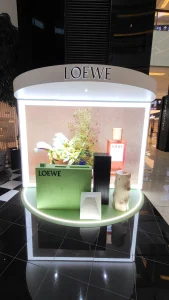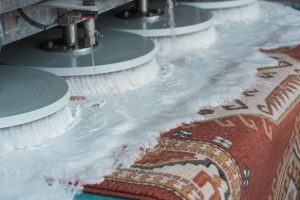Common Dredge Maintenance Mistakes To Avoid

Maintaining dredging equipment is important for ensuring efficient operation and extending the lifespan of the machinery. However, many operators and maintenance teams can inadvertently make mistakes that lead to costly repairs, increased downtime, and safety hazards. Below are some common dredge maintenance mistakes to avoid keeping your dredging operations running smoothly.
Skipping regular inspections:
One of the most key mistakes in dredge maintenance is neglecting regular inspections. Failing to conduct routine checks can result in small issues escalating into significant problems. Operators should establish a consistent inspection schedule to monitor the dredge’s condition, looking for signs of wear, leaks, or other failures. Regular inspections can help identify and address minor concerns before they lead to major breakdowns, eventually saving time and money.
Ignoring manufacturer recommendations:
Every dredge pump comes with specific manufacturer guidelines regarding maintenance schedules, lubrication, and operating conditions. Ignoring these recommendations can lead to premature wear and failure. Operators should thoroughly read the owner’s manual and adhere to the suggested maintenance practices. Following these guidelines increase the pump’s performance and also preserves warranties and reduces the risk of voiding them.
Overlooking lubrication:
Proper lubrication is essential for the smooth operation of any mechanical equipment, including dredges. A common mistake is neglecting to regularly lubricate bearings, gears, and other moving parts. Inadequate lubrication increases friction, resulting in overheating and accelerated wear. Establishing a lubrication schedule that aligns with the manufacturer’s specifications will ensure that all components function optimally and prevent premature breakdowns.
Using incompatible replacement parts:
When repairs are necessary, opting for inferior or incompatible replacement parts can have detrimental effects on dredge performance. Such parts may not fit correctly or may not be designed to handle the specific demands of dredging operations. Always use high-quality, manufacturer-approved parts for replacements to ensure compatibility and maintain performance. Investing in quality components can significantly extend the life of the dredge pump.
Neglecting operator training:
The lack of proper training for operators is another common mistake that can impact dredge maintenance. Well-trained operators are more likely to understand the importance of routine maintenance, operational best practices, and how to identify issues early on. Regular training sessions and updates can empower operators to take proactive steps in maintaining the dredge and recognizing problems before they escalate.




